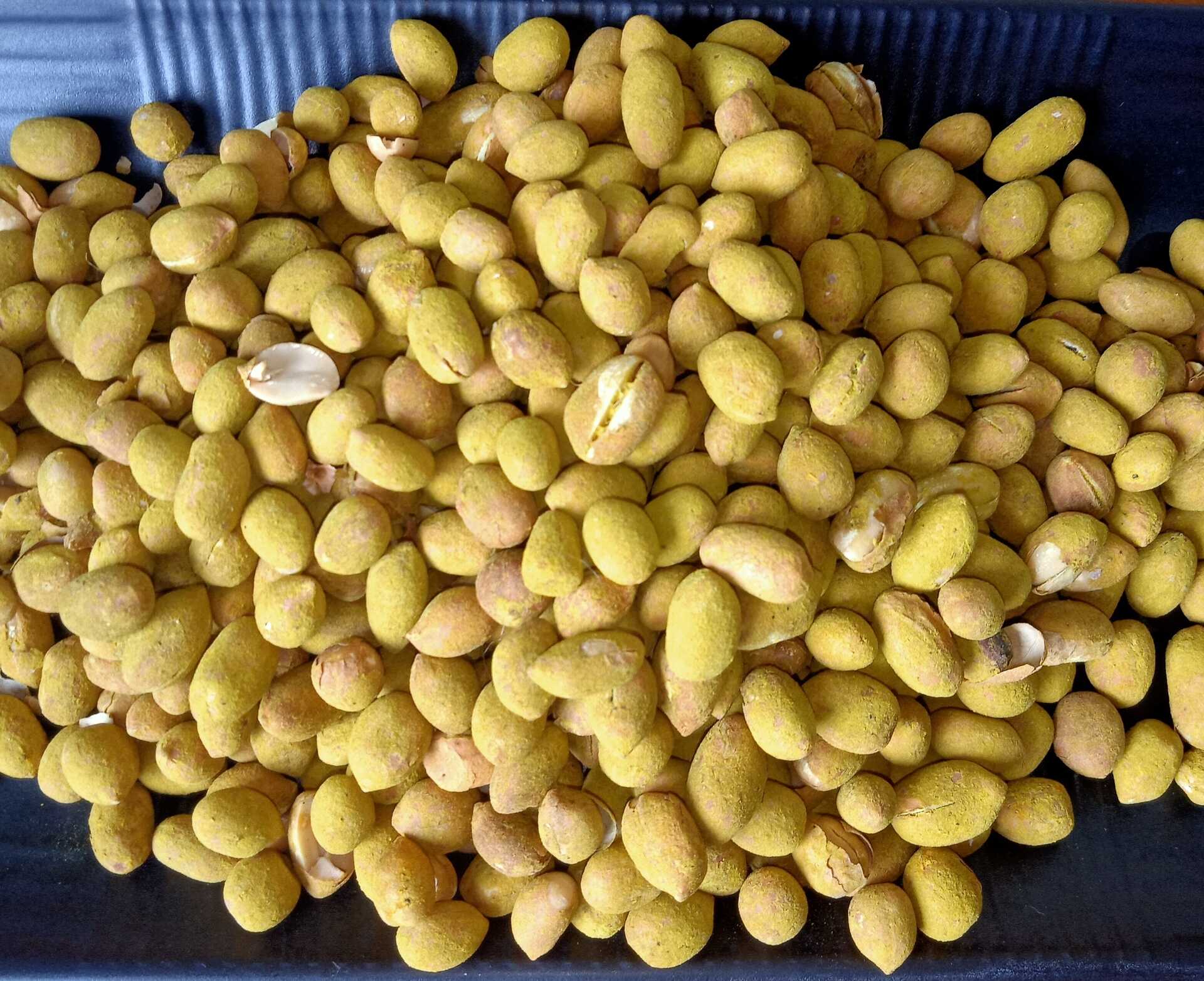

Articles
How To Store Green Peanuts
Modified: December 7, 2023
Learn the best techniques for storing green peanuts in this informative article. Keep your peanuts fresh and delicious for longer with these helpful tips and tricks.
(Many of the links in this article redirect to a specific reviewed product. Your purchase of these products through affiliate links helps to generate commission for Storables.com, at no extra cost. Learn more)
Introduction
Welcome to the world of green peanuts! These fresh, uncooked, and unprocessed peanuts have a unique flavor and texture that distinguish them from their roasted counterparts. Whether you’ve harvested a bountiful crop of green peanuts from your own garden or you’ve sourced them from a local farmer’s market, proper storage is crucial to maintain their freshness and flavor.
In this article, we will dive into everything you need to know about storing green peanuts. From understanding the characteristics of green peanuts to exploring the steps involved in preparing and packaging them for storage, we will provide you with a comprehensive guide that will help extend their shelf life and preserve their quality.
So, if you’re ready to embark on a journey to keep your green peanuts fresh and delicious, let’s get started!
Key Takeaways:
- Properly storing green peanuts involves careful harvesting, preparation, and packaging. Choose the right storage location, inspect for spoilage, and follow tips to extend their shelf life and enjoy their unique flavor.
- Understanding the characteristics of green peanuts is essential for their proper storage. From harvesting at the right stage to packaging in airtight containers, maintaining their freshness and flavor is key.
Read more: How To Store Peanuts
Understanding Green Peanuts
Before we delve into the storage process, it’s essential to understand what green peanuts are and how they differ from roasted peanuts. Green peanuts are essentially fresh, raw peanuts that have not undergone the roasting process. They are harvested when the peanut plants are still in their growing stage, resulting in a higher moisture content and a more mild flavor compared to roasted peanuts.
The high moisture content in green peanuts makes them more prone to spoilage if not stored properly. Unlike roasted peanuts, green peanuts have a shorter shelf life and require specific conditions to maintain their quality. Therefore, it is crucial to handle and store them with care to ensure they stay fresh for as long as possible.
Green peanuts are a popular ingredient in various culinary preparations, such as boiled peanuts, peanut butter, and peanut sauce. Their unique taste and texture add a delightful twist to dishes, making them a sought-after ingredient for peanut enthusiasts around the world.
Now that we have a basic understanding of green peanuts let’s move on to the next section, which covers the proper methods of harvesting green peanuts.
Proper Harvesting of Green Peanuts
Harvesting green peanuts at the right stage is crucial for their quality and storage potential. Here are the steps to ensure proper harvesting:
- Monitor maturity: Keep an eye on the peanut plants as they grow. Green peanuts are typically harvested when they reach full maturity but are still in the early stages of pod development. The outer shell should be filled but not fully hardened.
- Check the color: Look for a vibrant green color in the outer shell. This indicates that the peanuts are at the ideal stage for harvesting.
- Perform a squeeze test: Gently squeeze the shells between your fingers. Green peanuts are ready to be harvested when they offer a bit of resistance but are still somewhat soft to the touch.
- Timing is key: Harvest your green peanuts within a day or two after they have reached the desired stage. Delaying the harvest can result in decreased quality and an increased risk of spoilage.
- Handle with care: When harvesting green peanuts, be gentle to avoid damaging the shells. Avoid dropping or throwing them, as this can lead to bruising and spoilage.
By following these steps, you’ll ensure that your green peanuts are harvested at their prime stage, ready to be stored and enjoyed later. Now that you’ve successfully gathered your green peanuts, it’s time to learn about the essential steps involved in preparing them for storage.
Preparing Green Peanuts for Storage
Properly preparing green peanuts for storage is essential to maintain their freshness and prevent spoilage. Follow these steps to prepare your green peanuts:
- Inspect for damage: Before storing, carefully examine each peanut for any signs of damage, such as cracks, mold, or insect infestation. Discard any peanuts that show visible signs of spoilage.
- Remove excess dirt: Gently brush off any excess dirt or debris from the outer shells of the green peanuts. This will help prevent contamination during storage.
- Remove excess foliage: Trim off any excess foliage or stems attached to the peanuts. This will help improve airflow around the peanuts, reducing the risk of moisture buildup.
- Do not wash: Avoid washing green peanuts before storage, as water can increase their moisture content and promote spoilage. Only wash them right before use.
Once you have completed these steps, your green peanuts are now ready to be packaged for storage. Proper packaging is crucial to protect the peanuts from exposure to air, moisture, and pests. Let’s explore the next section on choosing the right storage location for green peanuts.
Choosing the Right Storage Location
When it comes to storing green peanuts, selecting the right storage location is vital to ensure their longevity. Here are some factors to consider when choosing the storage location:
- Temperature and humidity: Green peanuts should be stored in a cool and dry environment. The ideal storage temperature is around 50 to 60 degrees Fahrenheit (10 to 15 degrees Celsius) with a humidity level of 50 to 70 percent. Avoid storing them in areas prone to high humidity or extreme temperature fluctuations, such as basements or attics.
- Avoid exposure to sunlight: Keep green peanuts away from direct sunlight or sources of heat, as this can accelerate spoilage and lead to a loss of flavor and quality.
- Air circulation: Proper airflow is crucial to prevent the buildup of moisture and reduce the risk of mold or bacterial growth. Choose a storage location with good ventilation to ensure adequate air circulation.
- Pest control: Protect your green peanuts from pests such as rodents or insects by storing them in a sealed container or using pest control methods, such as traps or repellents. Regularly check for any signs of infestation and take appropriate action if necessary.
Once you’ve identified the perfect storage location for your green peanuts, the next step is to clean and dry them before packaging.
Read more: How To Store Peanuts In The Shell
Cleaning and Drying Green Peanuts
Before packaging green peanuts for storage, it’s important to clean and dry them properly. Follow these steps to ensure your peanuts are free from dirt and moisture:
- Remove excess dirt: Brush off any loose dirt from the outer shells of the peanuts using a soft-bristle brush or a clean cloth. This will help prevent any contaminants from entering the storage container.
- Air-dry the peanuts: Place the cleaned peanuts in a single layer on a clean and dry surface, such as a baking sheet or a wire rack. Let them air-dry for about 24 to 48 hours, or until they feel dry to the touch. Avoid drying them in direct sunlight, as this can cause the peanuts to become brittle.
- Stir occasionally: During the drying process, gently stir or rotate the peanuts every few hours. This will help promote even drying and prevent any moisture from accumulating in one spot.
By properly cleaning and drying your green peanuts, you eliminate excess moisture, reducing the chances of mold or bacterial growth during storage. Once the peanuts are thoroughly dried, it’s time to move on to the next step: packaging.
Store green peanuts in a cool, dry place, such as a pantry or cellar. Keep them in a well-ventilated container to prevent moisture buildup, which can cause mold. Check them regularly for any signs of spoilage.
Packaging Green Peanuts for Storage
Proper packaging is crucial for preserving the freshness and quality of green peanuts during storage. Follow these steps to package your green peanuts effectively:
- Choose the right containers: Select containers that are airtight and moisture-resistant to protect the peanuts from air, moisture, and pests. Options include glass jars with tight-fitting lids, food-grade plastic containers, or vacuum-sealed bags.
- Divide into smaller portions: Consider dividing the green peanuts into smaller, manageable portions before packaging. This will allow you to retrieve only what you need at a time without exposing the entire batch to air and moisture.
- Label the containers: Label each container with the date of packaging to keep track of the peanuts’ freshness. It’s also helpful to note the variety or type of peanuts, especially if you have multiple types stored.
- Avoid overfilling the containers: Leave some headspace in the containers to allow for any expansion or settling of the peanuts. This will prevent the containers from bursting or causing damage during storage.
- Seal the containers tightly: Ensure that the containers are tightly sealed to prevent any air or moisture from entering. This will help maintain the quality and flavor of the green peanuts for a longer period.
When packaging green peanuts, it’s important to handle them with clean hands and avoid any moisture contact. By following these packaging guidelines, you can protect your green peanuts from spoilage and extend their shelf life. Now that your peanuts are properly packaged, let’s move on to the next section: storing the green peanuts.
Storing Green Peanuts in a Cool and Dry Place
After properly packaging your green peanuts, it’s time to store them in an optimal environment to maintain their freshness and quality. Here are the steps to ensure the best storage conditions:
- Find a cool location: Choose a storage area that maintains a consistent cool temperature. Ideal temperatures for green peanuts range from 50 to 60 degrees Fahrenheit (10 to 15 degrees Celsius).
- Avoid high humidity: Keep the storage area dry and free from high humidity levels, as excess moisture can lead to mold growth. Aim for a relative humidity of 50 to 70 percent.
- Protect from direct sunlight: Ensure that the storage area is well-shaded or shielded from direct sunlight. Exposure to sunlight can cause the peanuts to deteriorate more quickly and affect their flavor.
- Maintain proper ventilation: Good airflow is crucial for preventing the buildup of moisture. Make sure the storage area has proper ventilation to help keep the green peanuts dry and fresh.
- Store away from strong odors: Avoid storing green peanuts near items with strong odors, as peanuts can easily absorb smells. This can affect the flavor of the peanuts over time.
Following these storage guidelines will help prolong the shelf life of your green peanuts and maintain their quality. It’s important to periodically check on the peanuts to ensure they remain in good condition. Let’s move on to the next section, which covers how to check for spoilage in green peanuts.
Checking Green Peanuts for Spoilage
Regularly inspecting your stored green peanuts is important to identify any signs of spoilage and maintain their quality. Here are some indicators to look for when checking green peanuts:
- Visual inspection: Examine the peanuts for any visible signs of mold, discoloration, or unusual spots on the shells. Mold growth or discoloration is a clear indication of spoilage, and affected peanuts should be discarded.
- Smell: Take a whiff of the peanuts. If you detect a rancid or musty odor, it is a sign that the peanuts have gone bad and should not be consumed.
- Taste: If you notice any off-flavors or an unpleasant taste when consuming the peanuts, it is a good indication that they have deteriorated and should be discarded.
- Texture: Pay attention to the texture of the peanuts. If they feel overly soft, mushy, or have an unusual texture, it may be a sign of spoilage.
It’s important to note that, unlike roasted peanuts, green peanuts have a shorter shelf life and are more susceptible to spoilage. Therefore, regular inspections are essential to catch any spoilage early on and avoid consuming spoiled peanuts.
If you come across any green peanuts that show signs of spoilage, it’s best to discard them to prevent any potential health risks. Always prioritize your safety when consuming stored foods.
Now that we’ve discussed checking for spoilage, let’s move on to some additional tips that can help prolong the shelf life of your green peanuts.
Read more: How To Store Peanut Butter
Tips for Prolonging Green Peanut Shelf Life
To maximize the shelf life of your green peanuts and keep them fresh for as long as possible, consider implementing these tips:
- Rotate stock: If you have multiple batches of green peanuts, use the principle of “first in, first out” to ensure older peanuts are consumed or used first, helping prevent spoilage.
- Avoid frequent exposure to air: When retrieving green peanuts from storage, take only the amount you need and promptly reseal the container. Frequent exposure to air can accelerate spoilage.
- Store in small portions: If possible, store your green peanuts in smaller portions, allowing you to open and use only what you need instead of exposing the entire batch to air and moisture.
- Keep away from moisture sources: Store green peanuts in a location that is free from any potential moisture sources, such as sinks, refrigerators, or areas prone to leaks.
- Avoid storing in plastic bags: While you can use plastic bags for temporary storage, they are not ideal for long-term storage. Plastic bags do not provide sufficient protection against air and moisture.
- Consider freezing: If you anticipate not using your green peanuts within a few weeks, consider freezing them. Place the peanuts in an airtight freezer bag or container and store them in the freezer. Thaw them in the refrigerator overnight before using.
- Store in the shell: Consider leaving the green peanuts in their shell until you’re ready to use them. The shell provides a natural protective barrier against moisture and helps maintain their freshness.
By following these tips, you can significantly prolong the shelf life of your green peanuts and ensure they remain fresh and flavorful over an extended period. Remember to always trust your senses and discard any peanuts that show signs of spoilage.
As we come to the end of our guide on storing green peanuts, we hope you now feel confident in maintaining the quality of your harvested or purchased green peanuts. Enjoy their unique flavor and texture in your favorite recipes and culinary creations!
For further queries or assistance, please feel free to reach out. Happy storing!
Conclusion
Congratulations, you are now equipped with the knowledge and techniques to store your green peanuts properly and prolong their shelf life. By understanding the characteristics of green peanuts, properly harvesting them at the right stage, cleaning and drying them carefully, and choosing the ideal storage location, you can ensure that your green peanuts maintain their freshness and flavor.
Remember to package the green peanuts securely in airtight containers, label them for easy identification, and store them in a cool and dry place away from direct sunlight. Regularly checking for signs of spoilage and following additional tips, such as rotating stock and storing in small portions, will further help in extending the lifespan of your green peanuts.
Whether you enjoy boiled peanuts, use them in peanut butter, or incorporate them into various recipes, having properly stored green peanuts on hand will ensure that you can enjoy their unique taste and texture for an extended period.
So go ahead, harvest your green peanuts, prepare them for storage with care, and savor their freshness in your culinary creations. Remember to trust your senses and discard any green peanuts that show signs of spoilage to prioritize your safety.
If you have any further questions or need assistance, feel free to reach out. Happy storing and happy snacking with your green peanuts!
Frequently Asked Questions about How To Store Green Peanuts
Was this page helpful?
At Storables.com, we guarantee accurate and reliable information. Our content, validated by Expert Board Contributors, is crafted following stringent Editorial Policies. We're committed to providing you with well-researched, expert-backed insights for all your informational needs.
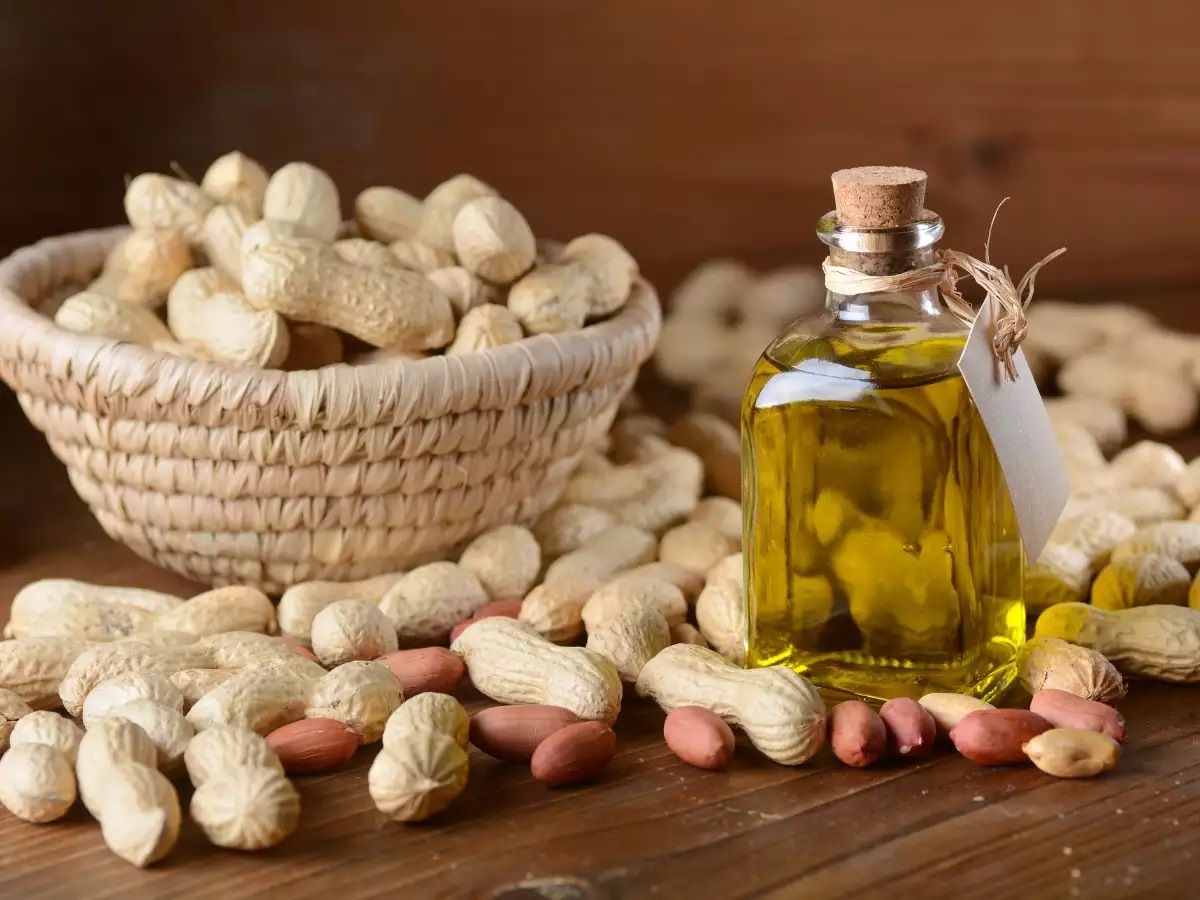
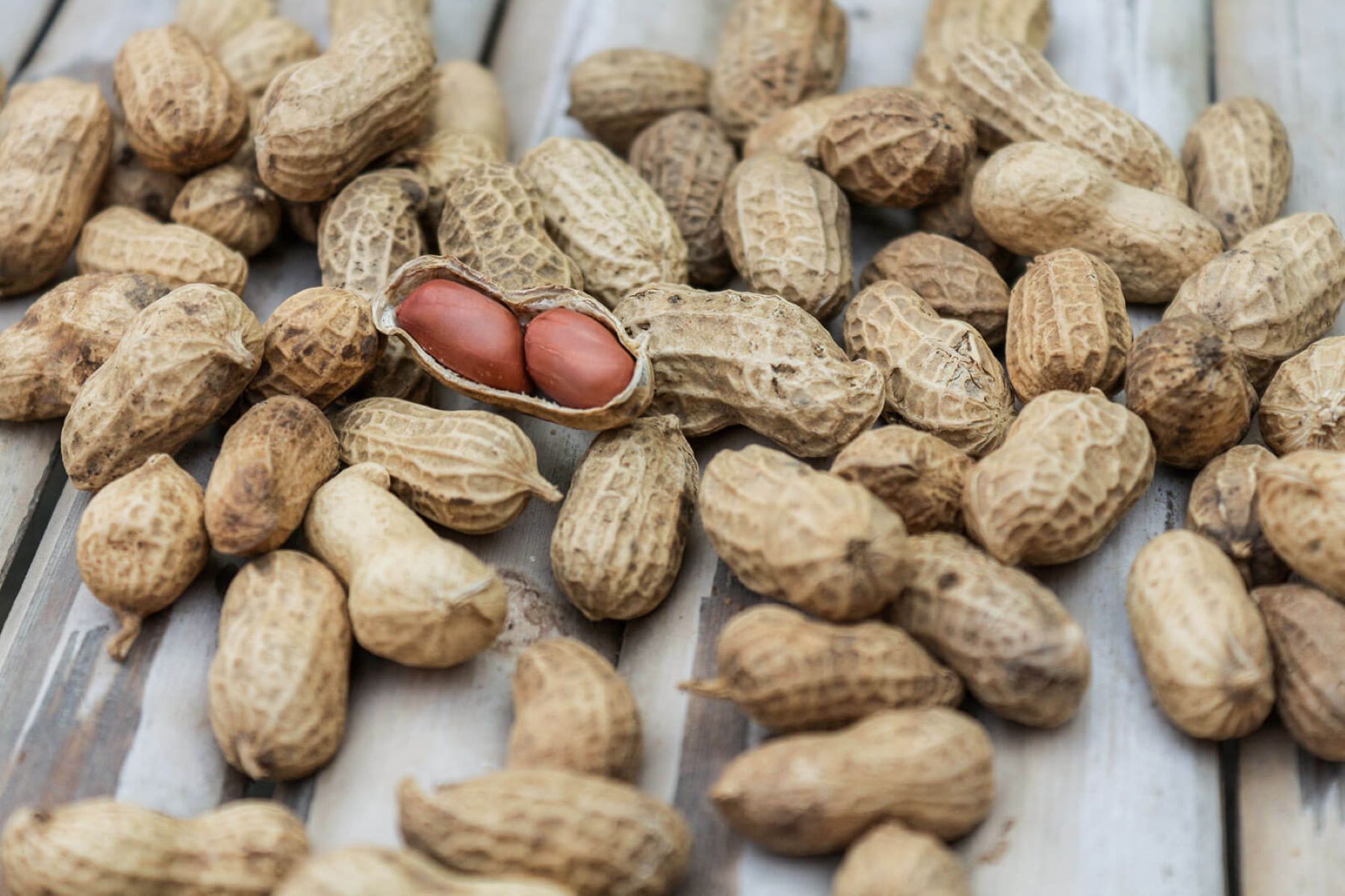
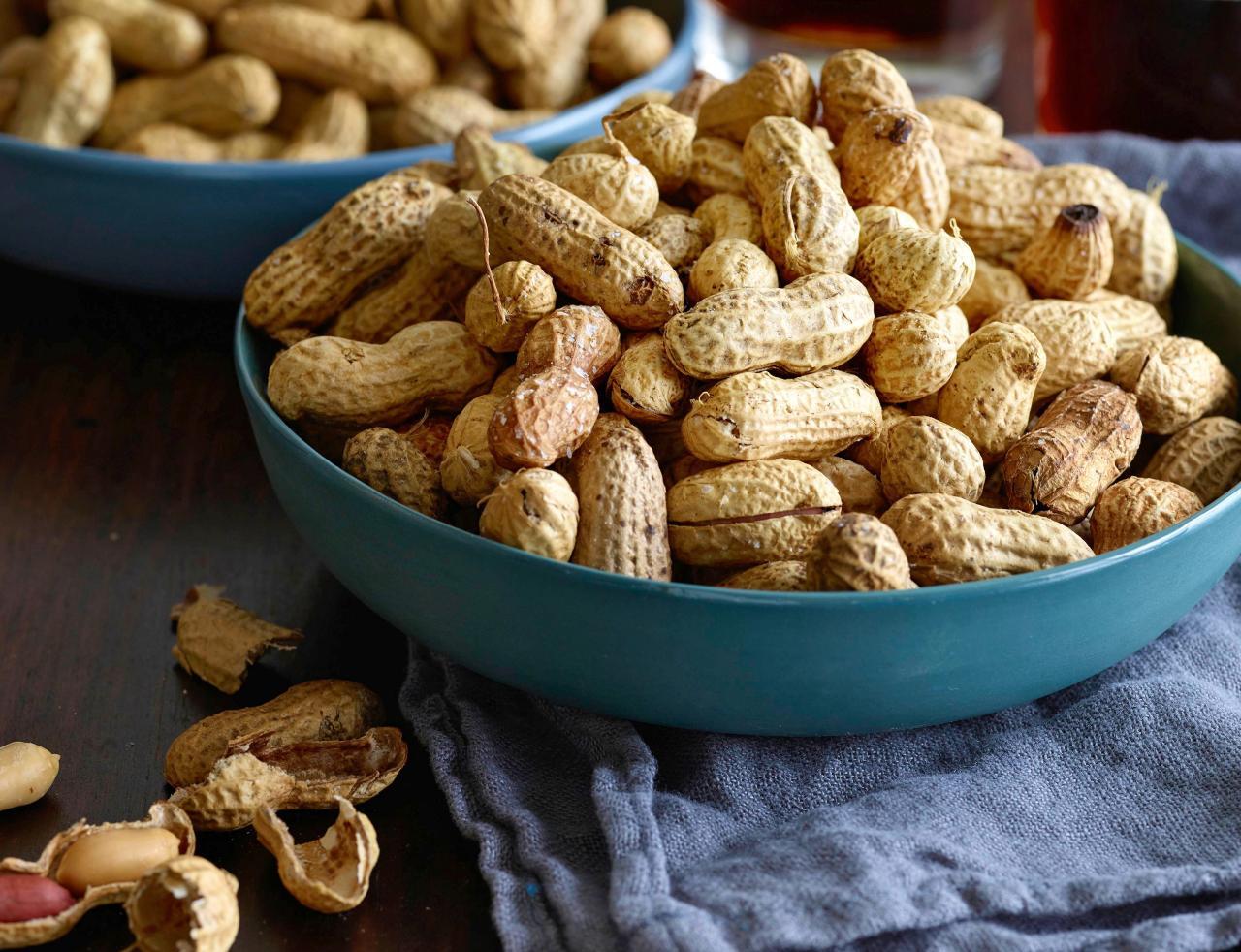
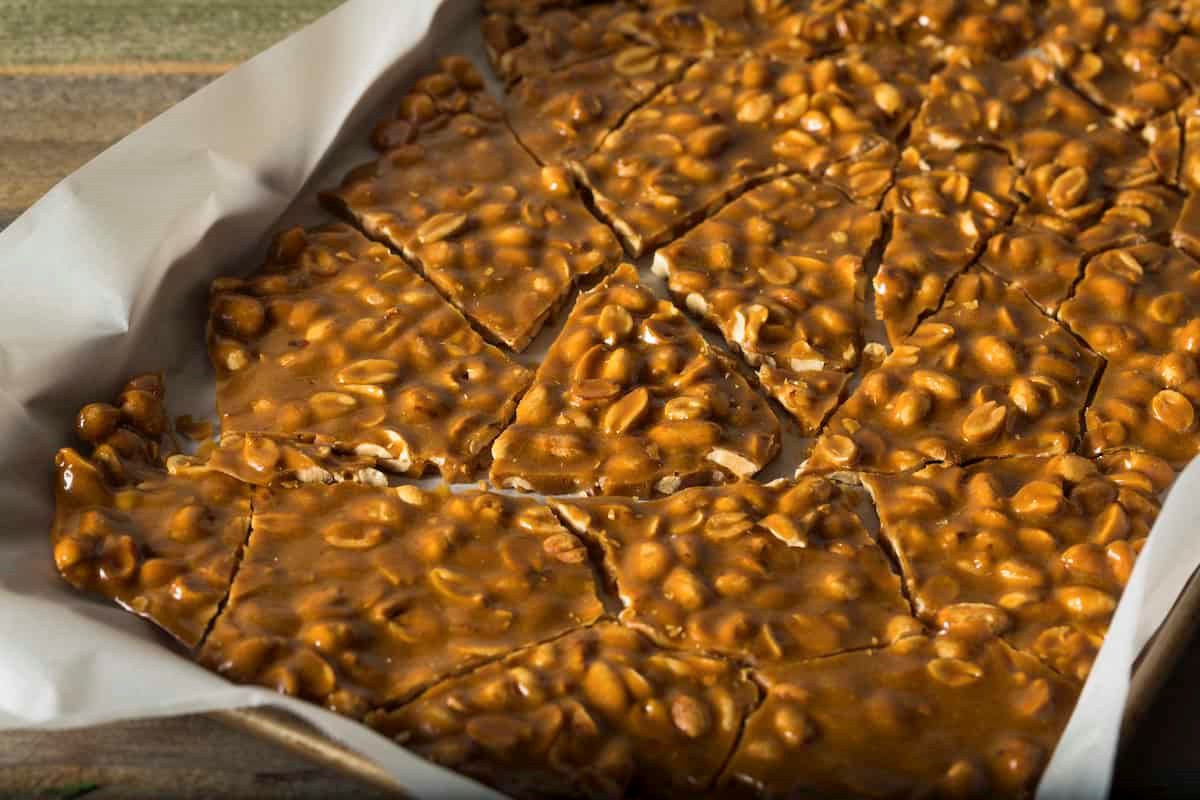
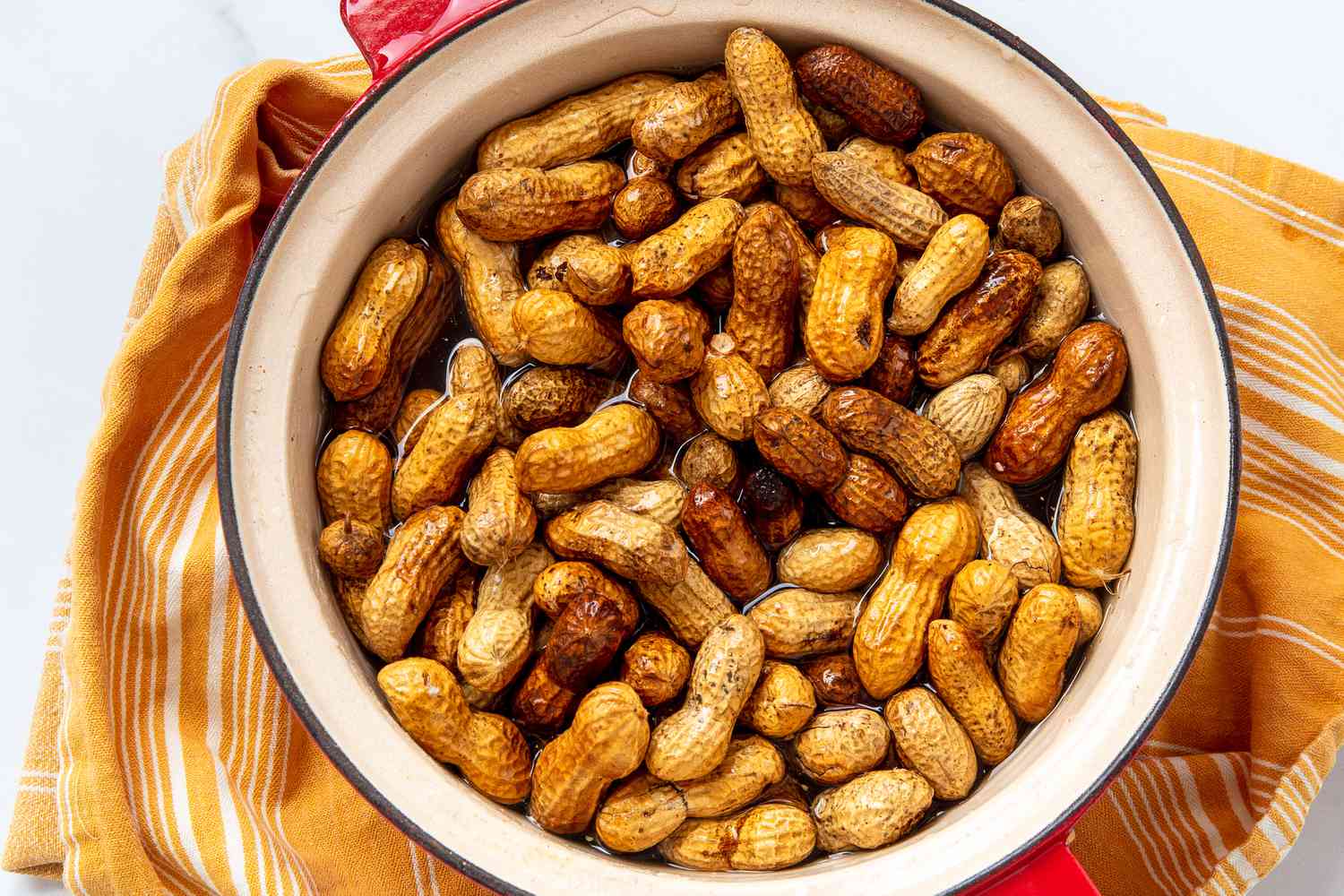
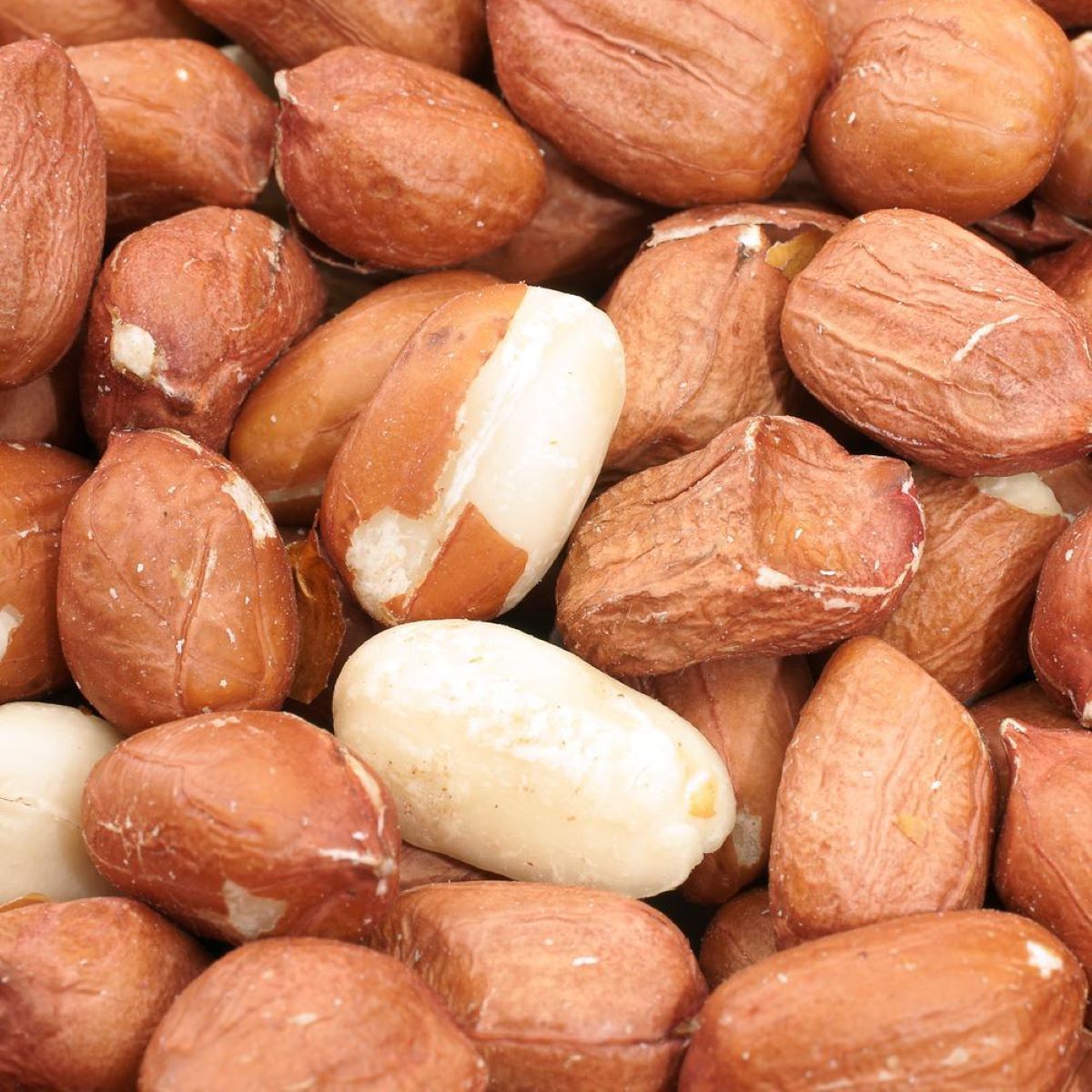
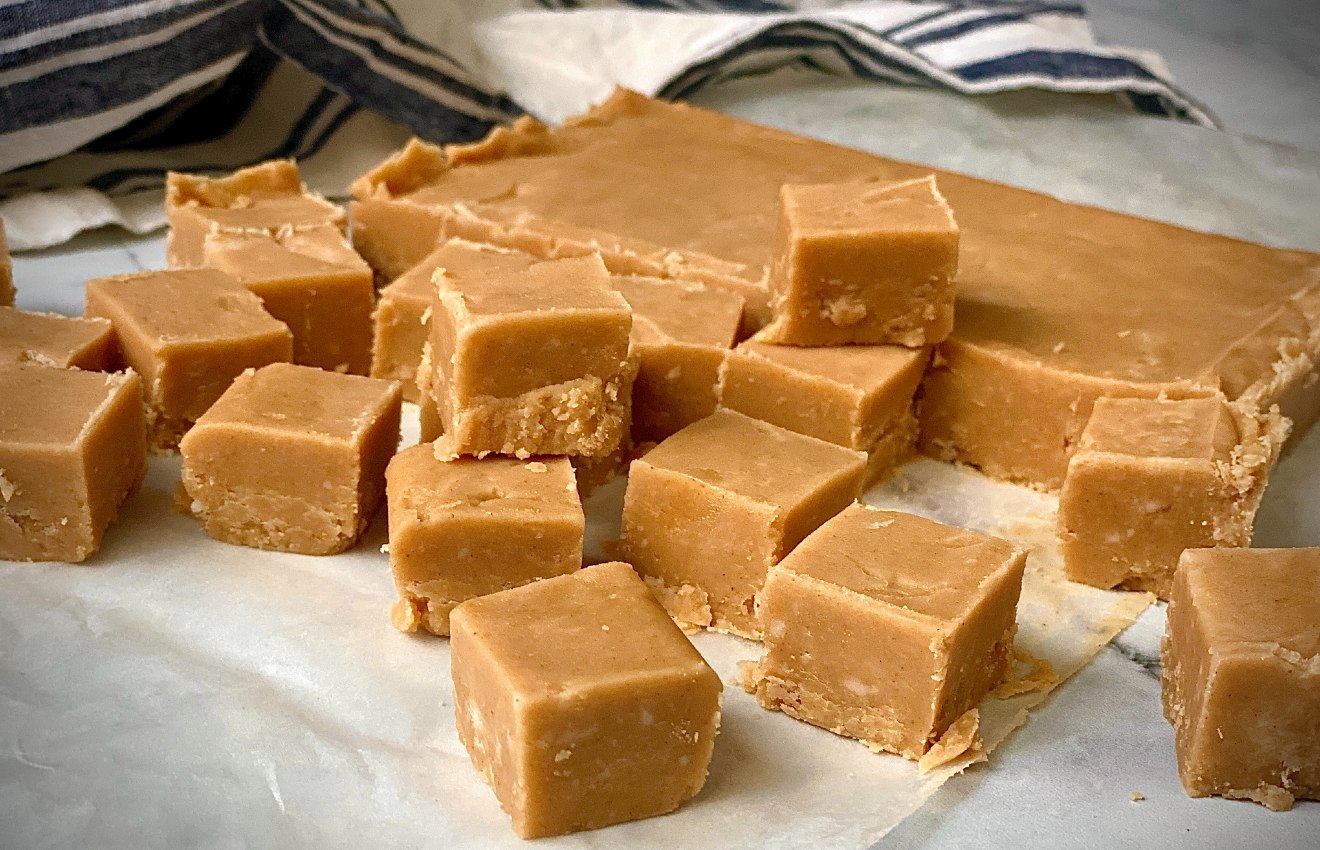
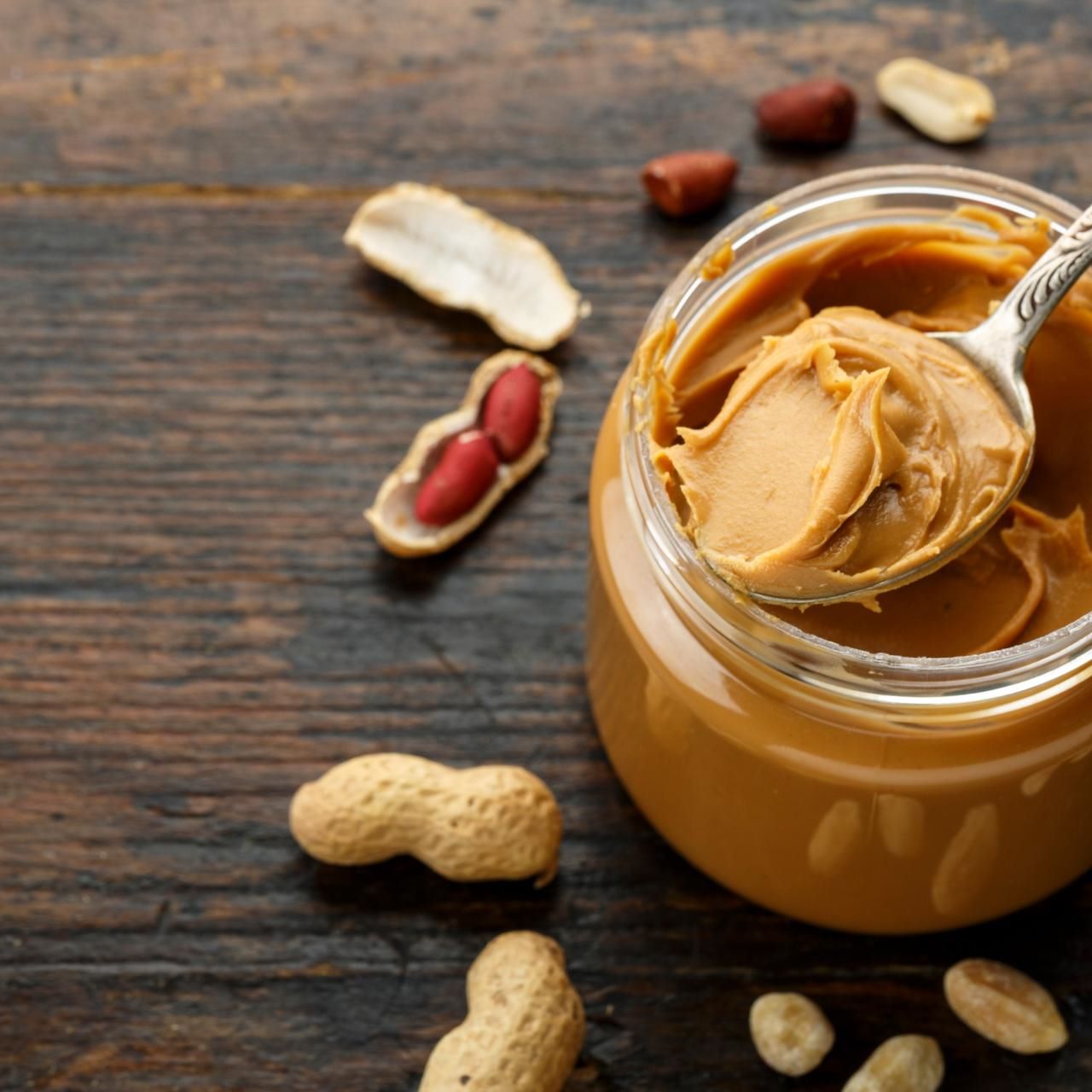
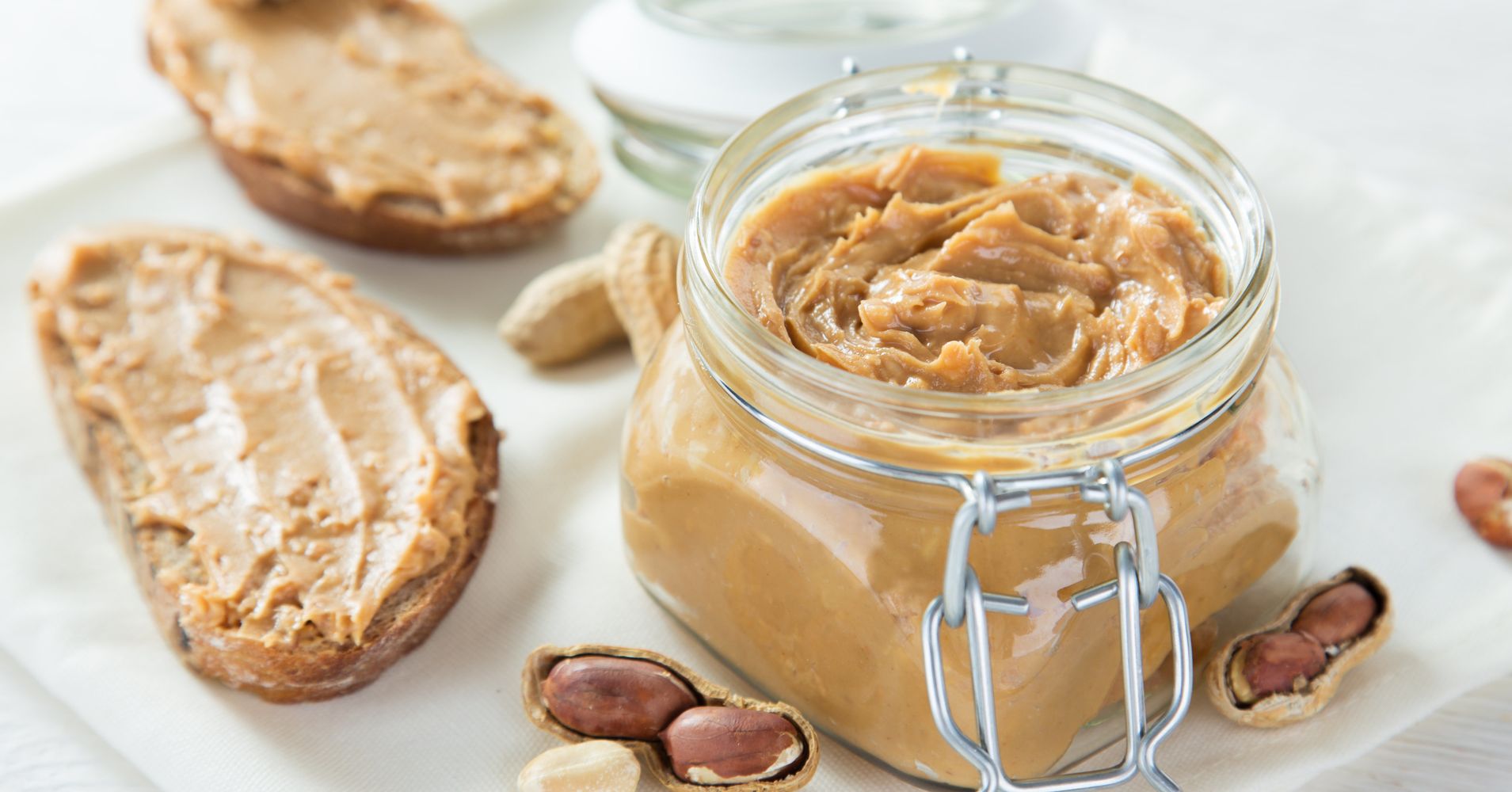
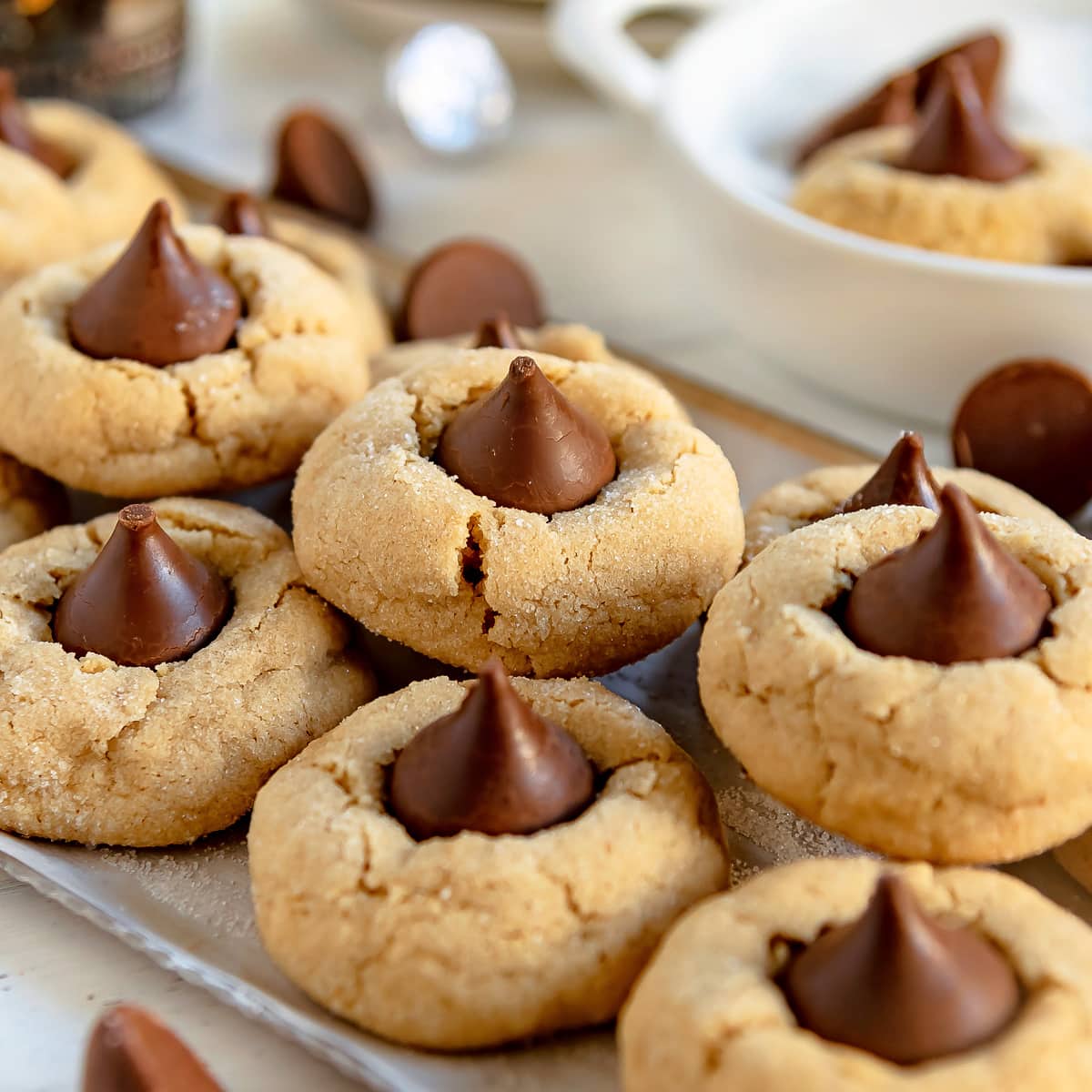
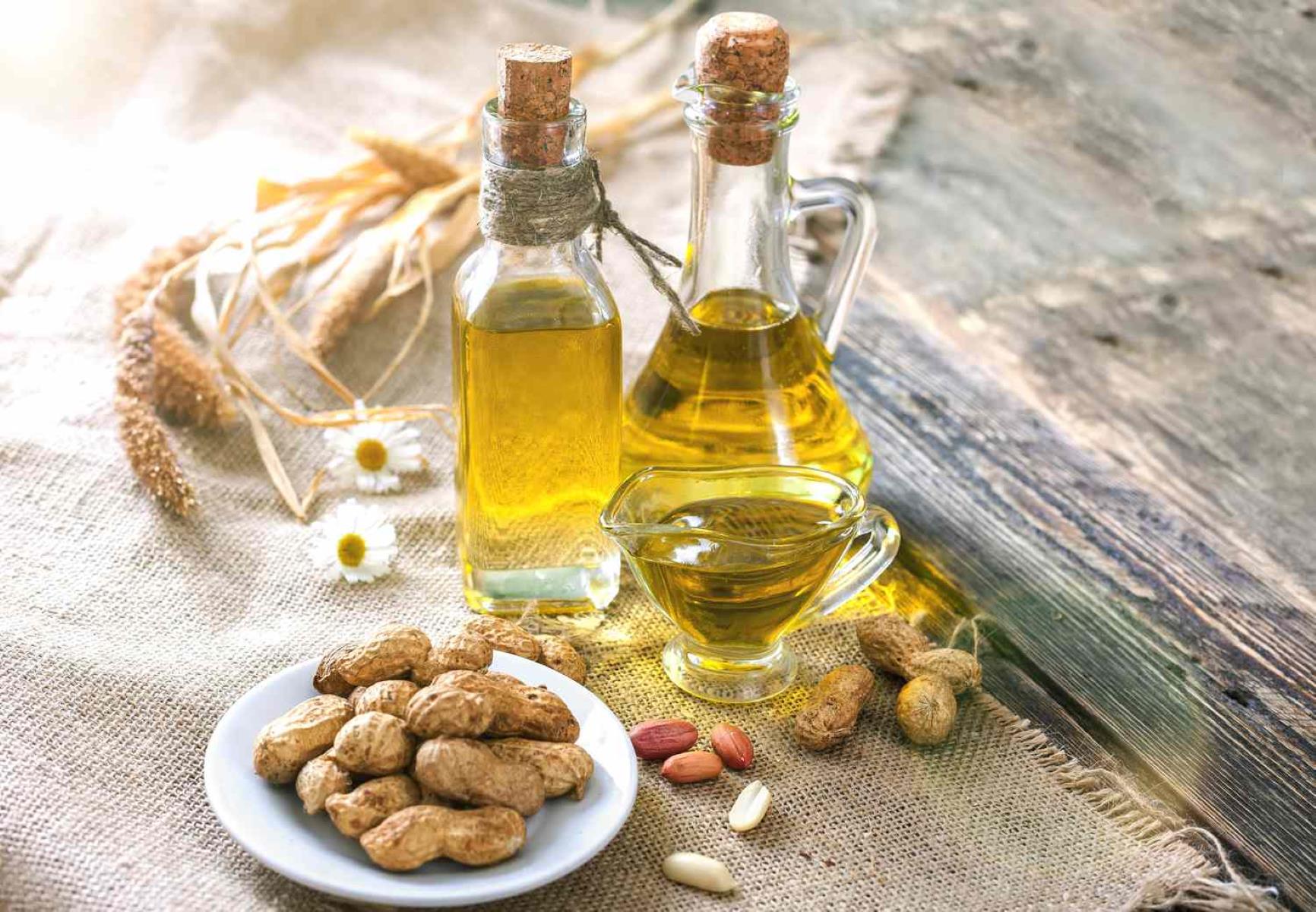
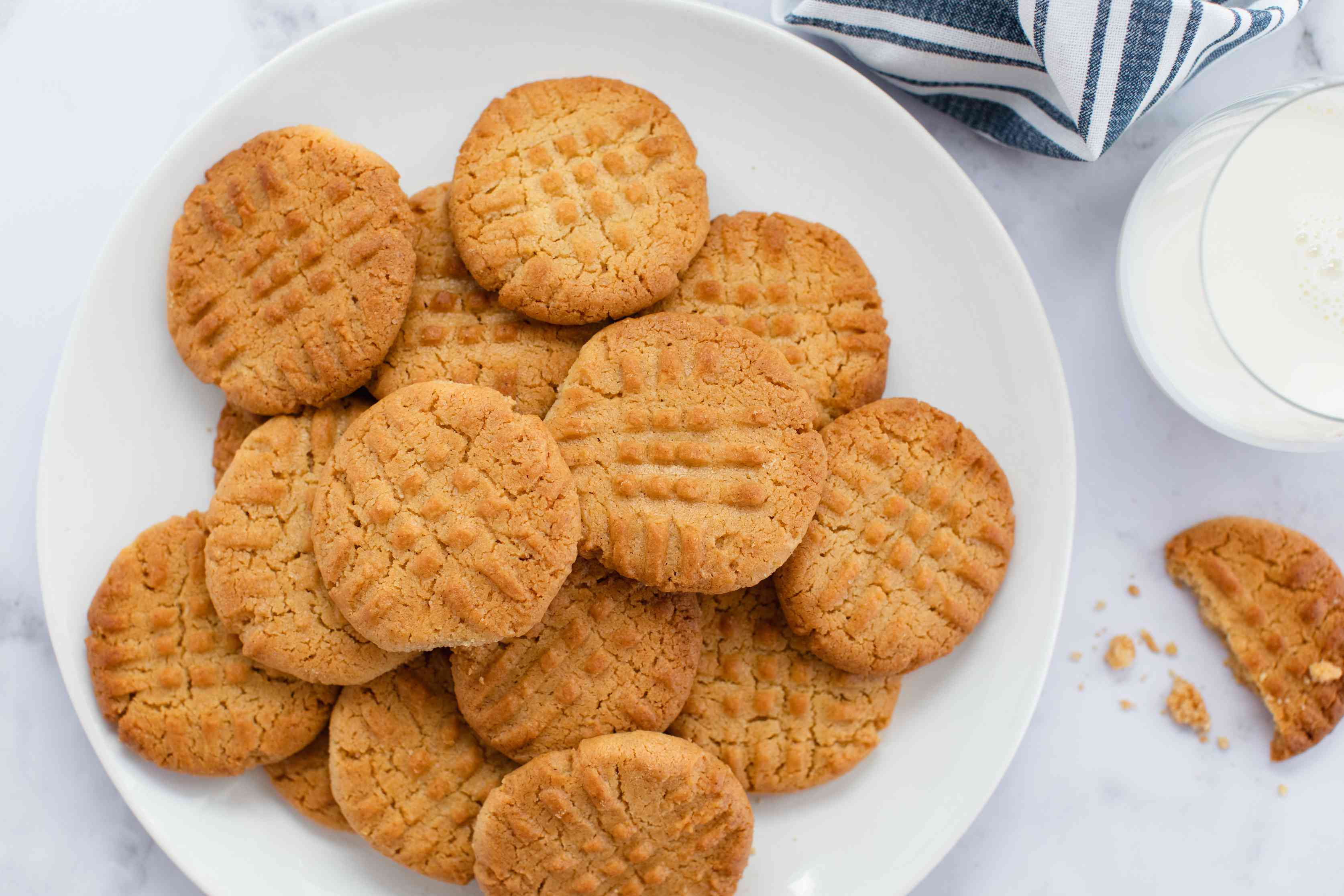
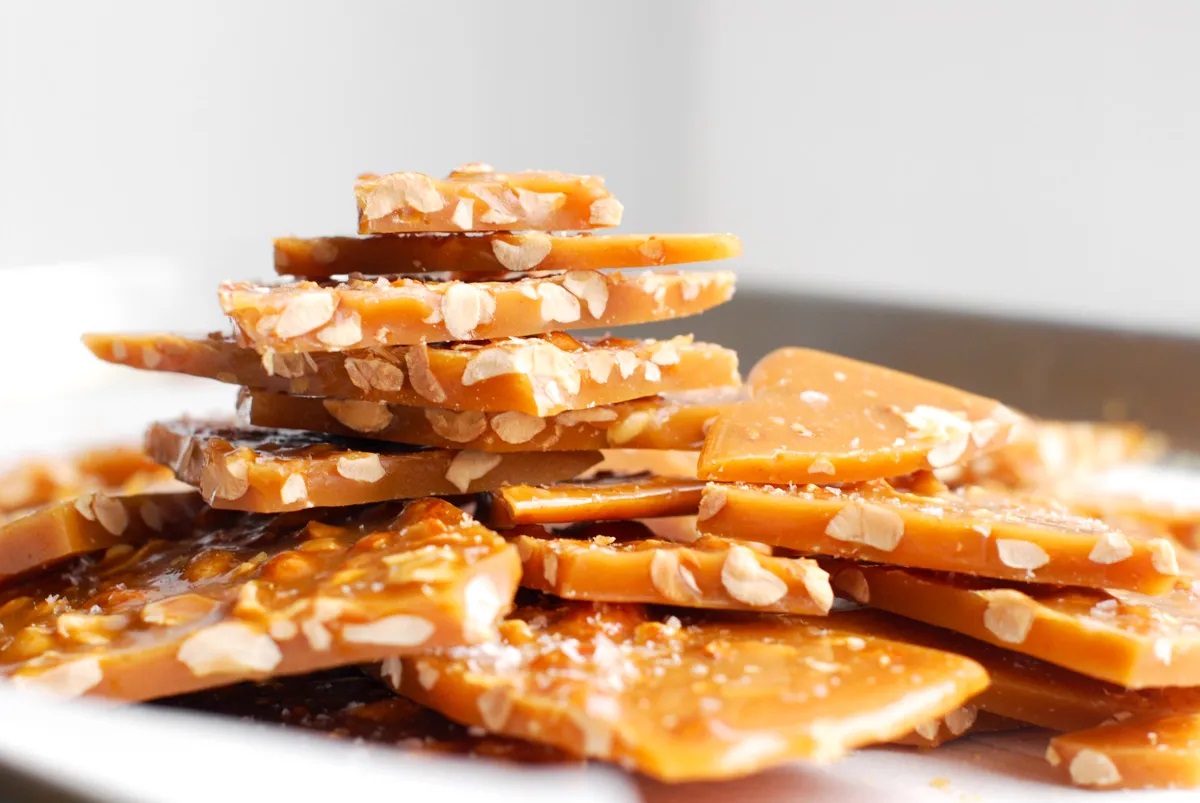

0 thoughts on “How To Store Green Peanuts”